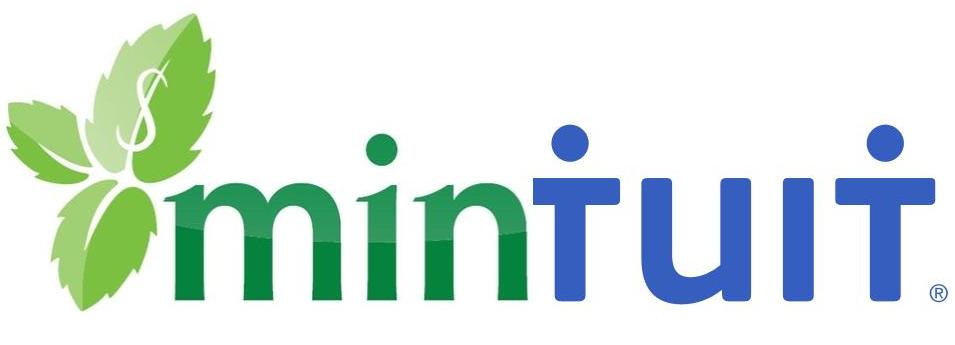 Hooray, iPhone users can now make video calls on 3G, even to other platforms, say Skype, but using the popular Fring app. Or not…
Hooray, iPhone users can now make video calls on 3G, even to other platforms, say Skype, but using the popular Fring app. Or not…
The new option proved to be too popular, overwhelming Fring’s servers. This morning Fring announced suspension of support for Skype.
The biggest losers are Android users on all carriers but Verizon, which apparently has an exclusive deal with Skype, preventing all others from offering the Skype app via the Android marketplace. For them, the workaround has been to use Fring to connect to Skype. Until now ![]()
(Cross-posted @ CloudAve)













 ”There is an app for that” – say the Apple commercials. “There is a plugin for that” – was my conclusion, while lookin for the rigth tools to move the
”There is an app for that” – say the Apple commercials. “There is a plugin for that” – was my conclusion, while lookin for the rigth tools to move the 
Recent Comments